China’s answer to NATO Inside the upcoming Victory Parade in Beijing
In September, columns of the People’s Liberation Army will march through Beijing in a grand parade. The event is expected to showcase not only China’s latest stealth fighter jets but also other examples of cutting-edge weaponry.
The South China Morning Post was the first to report on the upcoming Victory Parade back in February. The event was officially confirmed by Chinese President Xi Jinping on June 4, when he invited Belarusian President Alexander Lukashenko to attend during their meeting.
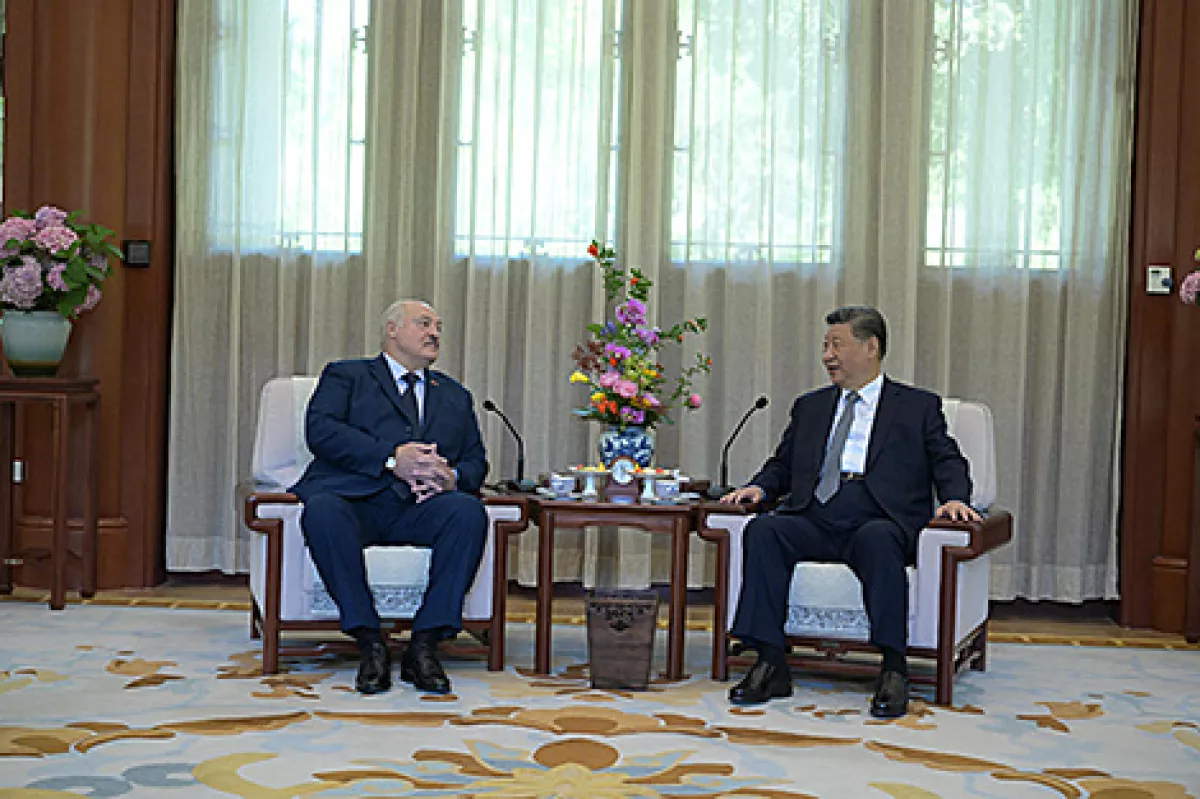
The world’s attention will be focused on this event — particularly on the achievements of China’s military industry that will be put on display.
The People’s Republic of China is not only rapidly developing its economy, but also actively building up its defence capabilities.
This week marks the visit of the Chinese aircraft carrier Shandong (Type 002) to Hong Kong — the first carrier built entirely in China. The Shandong can carry up to 36 aircraft and helicopters, including J-15 fighter jets. Prior to its visit to Hong Kong, the Shandong and Liaoning (formerly the Soviet heavy aircraft-carrying cruiser Varyag), along with their strike groups, ventured for the first time into the western Pacific Ocean, crossing the second island chain of strategic importance. While in open waters, they conducted mock battles against each other.
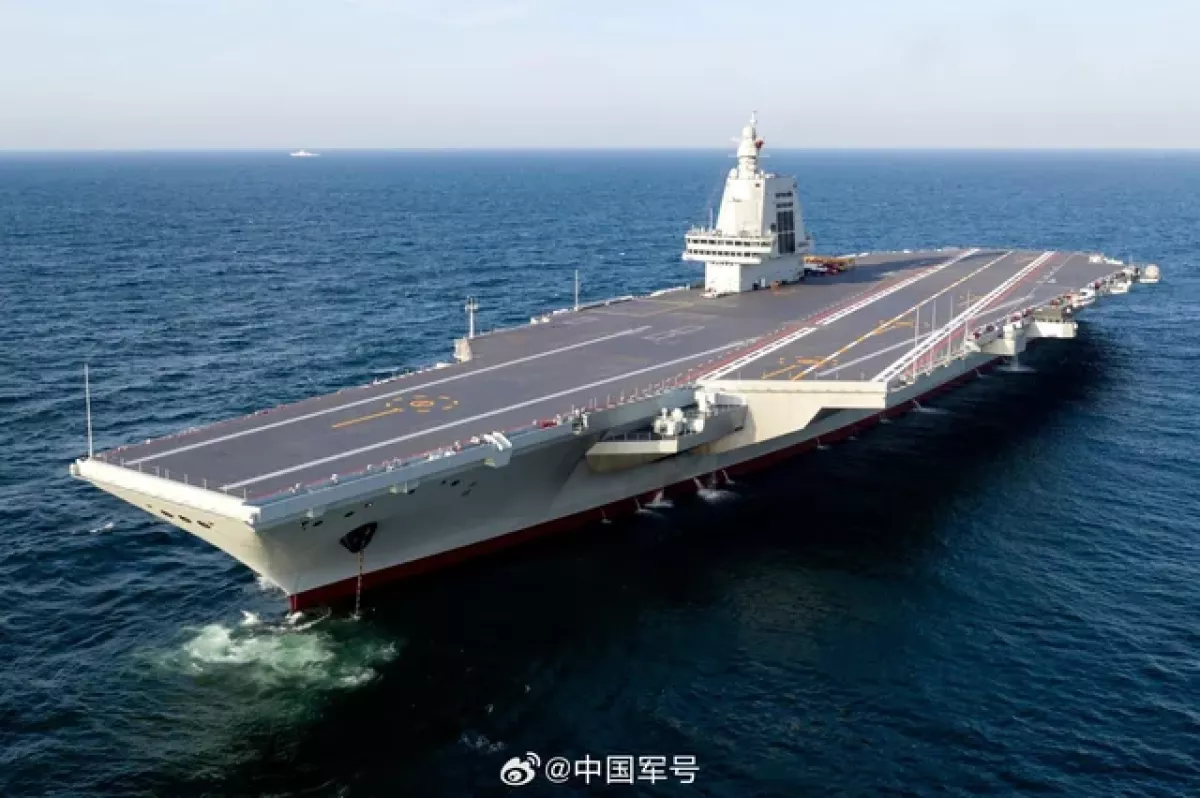
Sea trials are currently underway for China’s third aircraft carrier — Fujian (Type 003), which is the world’s largest non-nuclear-powered warship. By 2035, China plans to operate six aircraft carriers, including nuclear-powered ones.
The Shandong’s arrival in Hong Kong sparked tremendous public interest, with thousands of residents touring the vessel. The visit was timed to coincide with the 28th anniversary of Hong Kong’s return to Chinese rule and, according to Beijing, holds great patriotic significance. Even greater attention is expected for the upcoming military parade in Beijing this September.
“Stealth fighters” over Beijing
The parade, dedicated to China’s victory in World War II and the global triumph over fascism, will take place on 3 September along Chang’an Avenue and Tiananmen Square in Beijing. This will be only the second Victory Parade in China’s history — the first was held in 2015, marking the 70th anniversary of the war’s end. The date, 3 September, was declared Victory Day in 2014. Normally, PLA parades in Beijing are held every ten years on the anniversary of the founding of the People’s Republic of China — 1 October. The last major PLA parade was in October 2019 to commemorate the 70th anniversary of the PRC.
Wu Zeke, Deputy Director of the Military Affairs Bureau of the PLA Joint Staff Department, has already promised that the parade will showcase the latest military technologies and the “strategic deterrence power” of the Chinese armed forces.
“On top of a new generation of traditional weapons and equipment, a range of new combat forces will participate in the parade, including unmanned intelligence, underwater combat, as well as cyber and hypersonic systems,” Wu said.
Videos have already surfaced on the Xiaohongshu platform showing preparations for the parade. In the footage, 45 PLA helicopters perform various manoeuvres and formations.
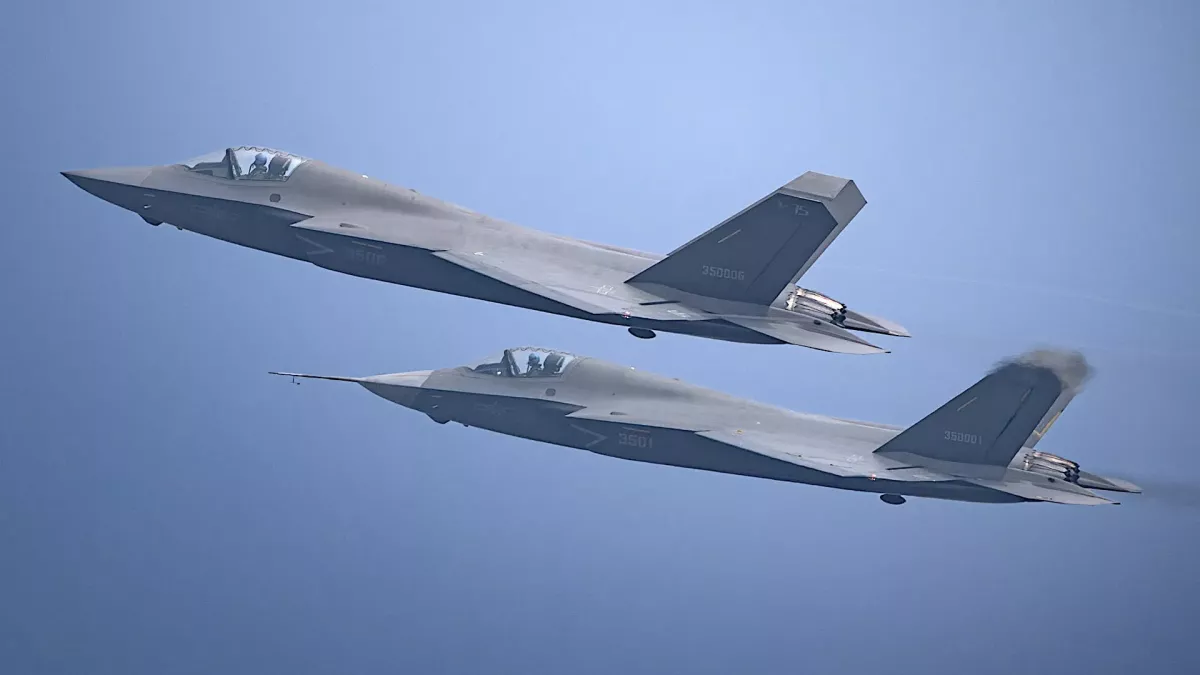
The helicopters formed the number “80,” a heart shape, and trios bearing red flags. The trios symbolise the unity of the Communist Party of China, the nation, and the army — as well as the date 3 September, marking the end of the war.
The highlight of the parade is expected to be the appearance of China’s fifth-generation fighter jets — the J-35 and J-20. The latest model of the J-35 Shenyang — a second version of the carrier-based stealth fighter — is anticipated to be showcased.
A modernised J-20A stealth aircraft is also expected to fly over Beijing, as suggested by images from training sessions. This new variant, known as the Mighty Dragon, is now equipped with the Chinese-made WS-15 turbofan engine, which enables speeds of up to Mach 2.8 and a combat radius of over 2,000 kilometres. An enlarged tail section allows for more fuel capacity and advanced avionics, including an active electronically scanned array (AESA) radar.
The use of domestically produced silicon carbide semiconductors enhances the aircraft’s target detection range. Altogether, these advancements place the J-20A on par with NATO’s top-tier fighters, including the U.S. F-35.
Photos and videos have also surfaced on platforms such as Weibo and X, featuring carrier-based J-15T fighters, H-6N bombers, KJ-600 early warning aircraft, and Y-20 aerial refuelling planes. The J-15T and J-35 fighters are already adapted for catapult-assisted takeoffs. The KJ-600 “Xi’an” is ready for deployment aboard the Fujian aircraft carrier. New ship-based drones, the JL-3 submarine-launched ballistic missile, and the hypersonic YJ-21 missile are also expected to be demonstrated.
Although sixth-generation fighters have already been developed in China, they are unlikely to appear at the parade as they have not yet completed the testing phase.
Missiles and robot dogs
The PLA Rocket Force will showcase a new generation of strategic missiles, including the DF-5C intercontinental ballistic missile with independently targetable warheads and the DF-27 hypersonic missile.
Ground forces are also actively preparing for the parade — from mechanised columns to marching units. Drawing on lessons from recent conflicts, the PLA is rapidly transitioning to unmanned systems. New developments expected to appear in the parade include robotic “dogs,” unmanned ground transporters, and anti-drone warfare systems.
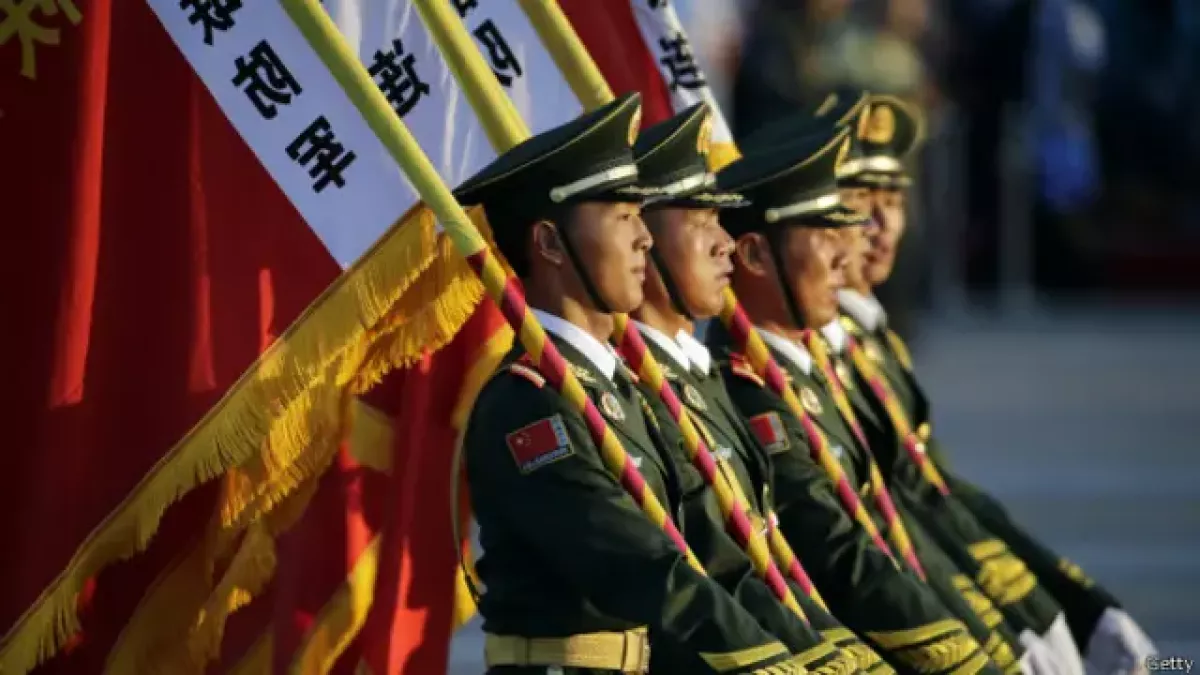
The full list of weapons and the number of participants in the upcoming parade has not yet been disclosed. For comparison, the 2015 Victory Parade featured 12,000 troops, 500 military vehicles, 200 aircraft, and more than 1,000 foreign soldiers from 17 countries. Notably, 84% of the equipment showcased in 2015 was new compared to the 2009 parade — underscoring the pace of China’s military modernisation.
Since 2015, the PLA has undergone a major reform, and as Wu Zeke emphasised, the upcoming parade will underscore China’s determination to defend the international order established after World War II.
A shared legacy of anti-fascist unity
The composition of foreign delegations has not yet been announced. However, Wu Zeke highlighted that China “will not forget the valuable assistance and support of peace-loving countries and anti-fascist forces,” including the Soviet Union, the United States, and the United Kingdom.
As previously mentioned, President Xi Jinping has invited Belarusian President Alexander Lukashenko, and Russian President Vladimir Putin is also expected to attend. Leaders from many countries are likely to participate in the Shanghai Cooperation Organisation (SCO) summit, which will take place just before the parade near Beijing. In 2015, the Victory Parade was attended by heads of state from around 30 nations — mostly from the Global South.
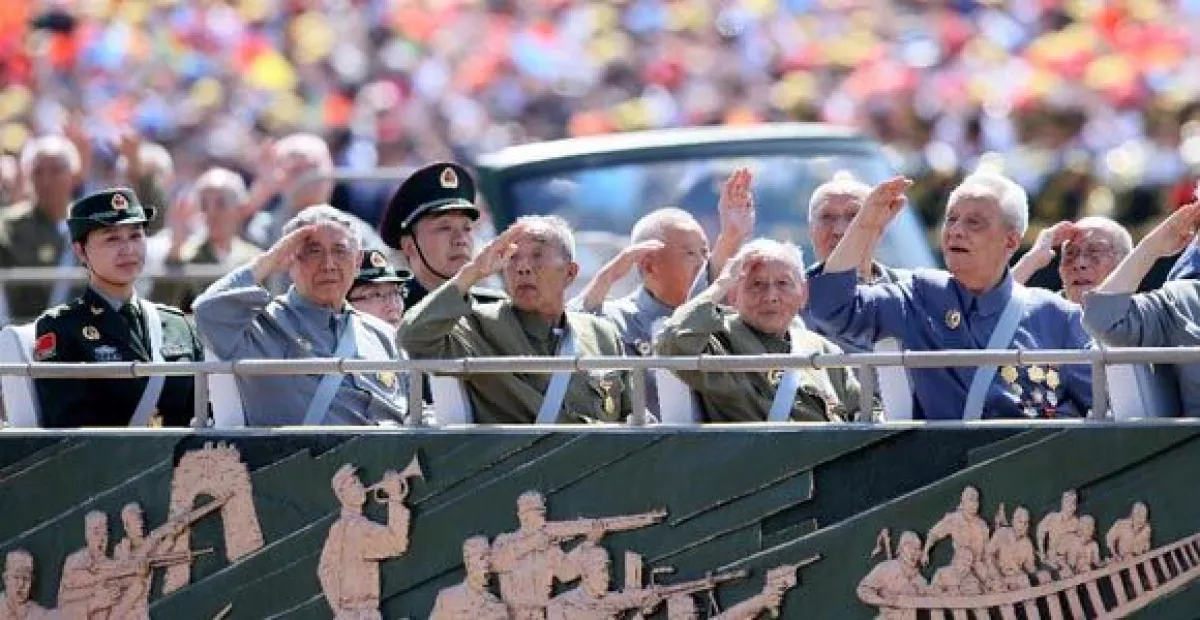
Veterans of the war are also expected to attend, including soldiers of the National Revolutionary Army of the Kuomintang — former allies and adversaries of the PLA. However, veterans will not take part in the marching formations.
President Xi Jinping will deliver a speech at the parade. In China, World War II is referred to as “The Chinese People’s War of Resistance Against Japanese Aggression and the World Anti-Fascist War.”
China suffered some of the heaviest losses during the war, with up to 35 million people killed. In his earlier remarks, Xi Jinping emphasised that the victory in World War II marked the first complete triumph of the Chinese people over foreign aggression in modern history. It ended colonial oppression and restored China’s status as a great power.
China made a significant contribution to the Allied victory by tying down large enemy forces in the East. At the same time, the immense efforts of the Soviet Union, the United States, the United Kingdom, and other nations in the global fight against fascism helped bring about China’s liberation.
The lessons of that international anti-fascist alliance are especially relevant today — offering a potential model for a harmonious path toward a “shared future for humanity.”








